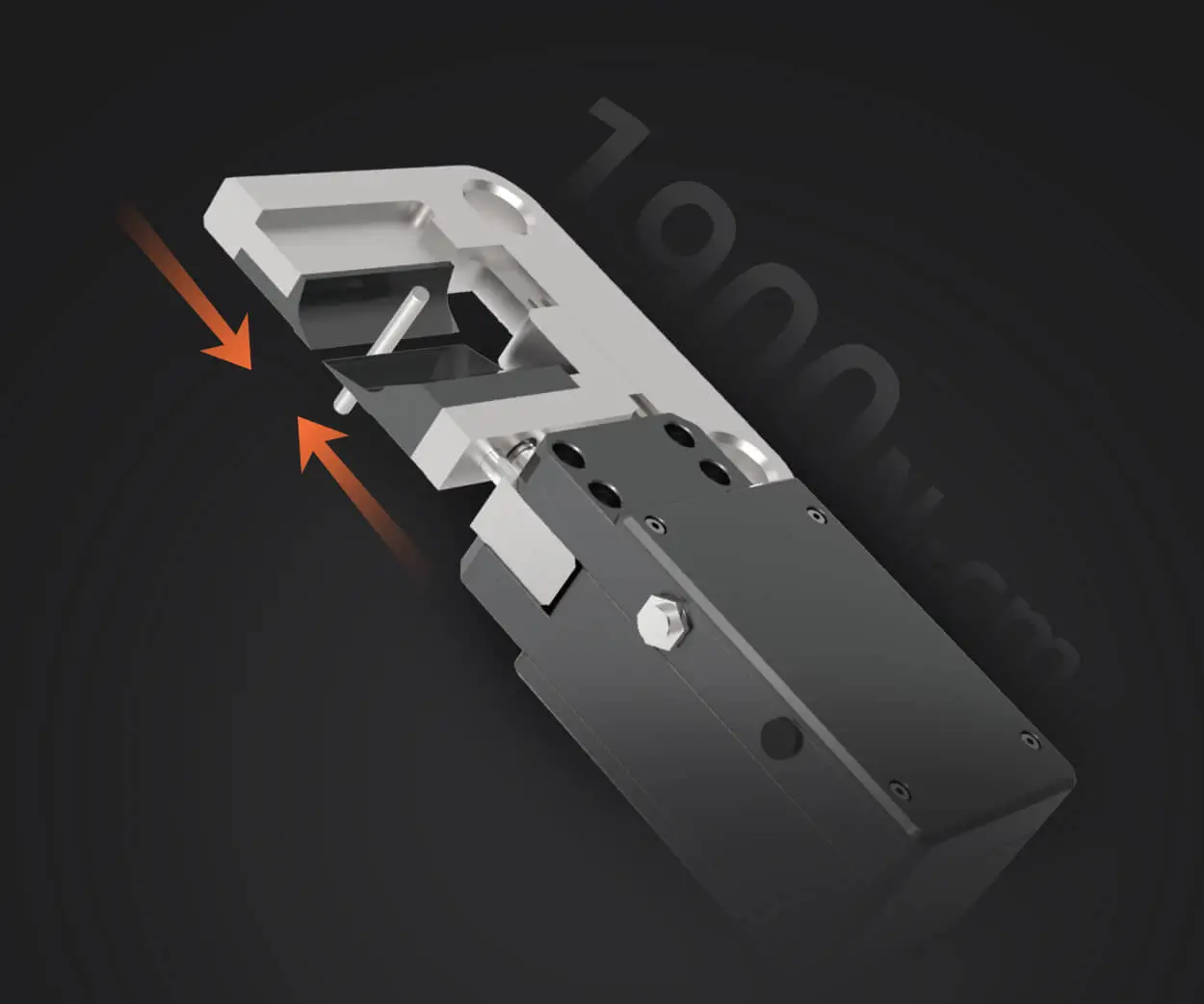Harnessing the Power of Microservices Architecture in Azure: A Modern Approach to Scalable Software Solutions

In an era where digital transformation is no longer optional but essential, businesses are continuously seeking innovative ways to develop, deploy, and manage software that’s both flexible and resilient. One of the standout paradigms revolutionizing how we build applications is microservices architecture. When integrated with Microsoft Azure’s cloud ecosystem, microservices becomes not just a methodology but a strategic advantage, empowering organizations to meet rapid market demands with more agility and confidence.
The Microservices Revolution
At its core, microservices architecture breaks down large, monolithic applications into smaller, independently deployable modules — each one designed to perform a specific business function. Imagine a sprawling enterprise app as a complex city: instead of a single gigantic building, it’s a lively neighborhood of self-sufficient homes, shops, and offices. This decentralization allows teams to develop, deploy, and scale different parts of the application without being held back by the entire system.
The main benefits? Scalability, resilience, and faster time-to-market. Because each microservice operates independently, organizations can add or upgrade features without downtime, fix bugs in isolation, and tailor resources to each service’s needs. It’s a game-changer especially for growing businesses that need to adapt quickly and efficiently.
Why Azure for Microservices?
Microsoft Azure is often recognized as one of the most comprehensive cloud platforms for enterprise deployment. It provides a rich set of tools and services to support microservices architectures, including container orchestration, serverless computing, messaging systems, and security features. Let’s look at why Azure is a preferred choice:
Integrated Developer Experience: Azure seamlessly integrates with Visual Studio, GitHub, and DevOps pipelines, enabling continuous integration and continuous deployment (CI/CD) workflows. Containerization & Orchestration: Azure Kubernetes Service (AKS) simplifies deploying, managing, and scaling containers, which are fundamental to microservices. Serverless Computing: Azure Functions allows developers to run code on-demand, perfect for event-driven microservices. Messaging & Communication: Azure Service Bus and Event Grid facilitate reliable communication between services, ensuring decoupled and resilient architectures. Security & Compliance: Azure offers robust security features, identity management, and compliance certifications suitable for sensitive enterprise workloads.
Building Blocks in Azure Microservices
To effectively develop a microservices ecosystem on Azure, understanding the essential components is key:
Containers and Container Orchestration: Docker containers wrapped around individual services make deployment straightforward. AKS manages these containers at scale. API Gateway & Load Balancing: Azure API Management serves as a front door, providing security, analytics, and routing capabilities for exposed microservices. Service Discovery & Registration: Azure Service Fabric and Azure Container Apps facilitate dynamic discovery and management of services in the environment. Data Persistence: Microservices typically favor decentralized data management. Azure Cosmos DB provides globally distributed, multi-model databases with low latency. Monitoring & Diagnostics: Azure Monitor and Application Insights offer insights into performance and health, enabling proactive problem solving.
Challenges & How Azure Overcomes Them
Despite their benefits, microservices come with complexities: managing inter-service communication, handling distributed transactions, scaling efficiently, and ensuring security. Azure’s diverse toolset addresses these hurdles:
Service Mesh: Azure Service Mesh solutions (like Istio on AKS or Azure Arc-enabled Kubernetes) facilitate secure communication, traffic control, and observability. Resilience & Retry Policies: Azure’s SDKs support circuit breakers and retries, ensuring microservices remain resilient during failures. Automated Scaling: Azure’s auto-scaling features adapt to traffic loads, preventing resource wastage and performance bottlenecks. Security & Identity: Azure Active Directory, Managed Identities, and Role-Based Access Control (RBAC) secure service-to-service communication and data access.
Implementation Strategies
Transitioning to microservices in Azure isn't an overnight process. It requires careful planning, typically following these steps:
Assessment & Planning: Evaluate existing monoliths and identify logical service boundaries. Design & Modeling: Develop microservice APIs with clear boundaries, consistent data models, and event-driven patterns. Containerization: Package services with Docker; test locally before deployment. Setup Orchestration: Deploy containers on AKS, configure services, ingress controllers, and load balancing. Implement CI/CD Pipelines: Automate testing and deployment with Azure DevOps or GitHub Actions. Monitor & Optimize: Use Azure Monitor to track performance, and iterate to improve.
Use Cases & Success Stories
Several organizations have successfully embraced Azure-based microservices. For instance, e-commerce giants use microservices for handling catalog, payments, and user accounts independently, enabling swift updates without disrupting customer experience. Financial institutions leverage microservices for real-time fraud detection, ensuring security without sacrificing speed.
Part 1 Summary Microservices architecture paired with Azure's powerful ecosystem provides a scalable, flexible, and resilient foundation for modern applications. From container orchestration with AKS to serverless event handling via Azure Functions, the platform equips developers to navigate the complexities of distributed systems with confidence. But, like any architectural shift, adopting microservices demands careful planning, strategic implementation, and ongoing monitoring — challenges that Azure’s comprehensive suite of tools is well-positioned to address.
Established in 2005, Kpower has been dedicated to a professional compact motion unit manufacturer, headquartered in Dongguan, Guangdong Province, China.




































